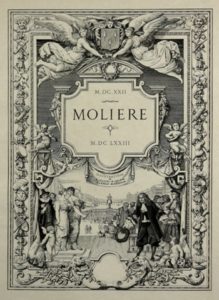 Vive la différence between British and French culture in two of the greatest playwrights in history. Britain has a rich literary heritage, but Shakespeare, “the Bard,” is widely recognized as the greatest writer in the English language. In France, a number of writers — Voltaire, Hugo, Proust, Flaubert — can compete for that title, but Molière is viewed as the most acclaimed writer of French comedy and satires, even more heralded than later satirists like Voltaire and Anatole France.
Vive la différence between British and French culture in two of the greatest playwrights in history. Britain has a rich literary heritage, but Shakespeare, “the Bard,” is widely recognized as the greatest writer in the English language. In France, a number of writers — Voltaire, Hugo, Proust, Flaubert — can compete for that title, but Molière is viewed as the most acclaimed writer of French comedy and satires, even more heralded than later satirists like Voltaire and Anatole France.
This year, specifically January 15, 1622, is the 400th anniversary of the birth in the heart of Paris of Jean-Baptiste Poquelin, son of wealthy carpet-dealers, who became Molière. He is being honored by new statues, a postage stamp, a costume exhibition, and new staging of his plays, starting with the controversial originally banned version in 1664 of Tartuffe.
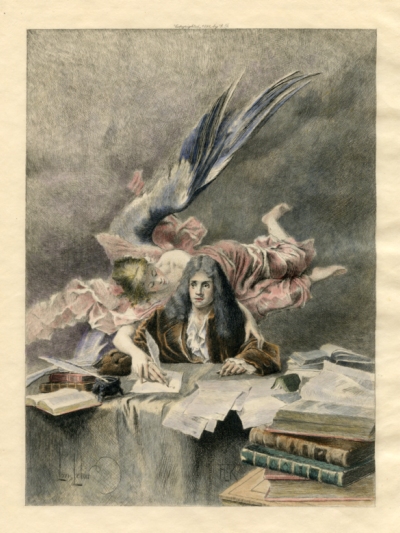 Shakespeare and Molière were both actors. Both ran a theater company, both had royal patronage, and both were prolific writers. Shakespeare is credited with 154 sonnets, Molière with 31 plays. Both observe and comment on human folly, though Molière more often satirizes authority, the Church, and the aristocracy. Shakespeare deals with a more complete range of emotions and human conflicts — murder, power, egotism, including issues such as sexual ambiguity and crossdressing, histories, and romances with happy endings. Both produced memorable, vivid characters: Shakespeare’s Hamlet and Macbeth are universally known. Molière has given us Tartuffe, the hypocrite; Harpagnon, greedy and mean; and Argan, the hypochondriac.
Shakespeare and Molière were both actors. Both ran a theater company, both had royal patronage, and both were prolific writers. Shakespeare is credited with 154 sonnets, Molière with 31 plays. Both observe and comment on human folly, though Molière more often satirizes authority, the Church, and the aristocracy. Shakespeare deals with a more complete range of emotions and human conflicts — murder, power, egotism, including issues such as sexual ambiguity and crossdressing, histories, and romances with happy endings. Both produced memorable, vivid characters: Shakespeare’s Hamlet and Macbeth are universally known. Molière has given us Tartuffe, the hypocrite; Harpagnon, greedy and mean; and Argan, the hypochondriac.
Very little is directly known about Shakespeare’s life apart from court records, land titles, and some contemporary opinions of others, and no original manuscripts survive. This is also true of Molière.
Both playwrights are satirists, but they differ. Molière is concerned mostly with contemporary society, while Shakespeare also refers to ancient history and literature, the Carthage queen, to astrology, and to magic. He is full of humor, double-entendres, puns, and soliloquies. Molière was more sharp in ridiculing members of the French court, and general customs, fashionable absurdities, affected speech, fake sentimentality, intrigues, nobles, doctors, priests, and religious bigotry.
Shakespeare engaged in more in more imagery than did Molière, but both were critics of power-holders. Molière, who regarded nothing as sacred, is equally if not more biting on hypocrisy and cant in plays with philosophical, religious, and moral implications.
The plays are not easy to perform. Shakespeare’s plays are written partly in prose but largely in iambic pentameter, with its rhythms of stressed and unstressed syllables. Molière is difficult to translate into English because of his style of alexandrines and rhyming couplets.
Both men are honored in their countries. Shakespeare has countless memorials and is remembered by the reconstruction of the Globe Theater in Southwark, London, on the site of the original theater built in 1599 by Shakespeare’s playing company, the Lord Chamberlain’s Men. Molière is remembered by the theatrical award, the Molière, given to the most gifted French actor — an equivalent to the Tony in the U.S. and the Olivier in the U.K. — and by the “House of Molière,” the Comédie Française, in central Paris, which has the oldest active theater company in the world, established in 1680 in his honor after his death. Molière’s plays are performed there more often than those of any other French playwright today.
Who was he? Before becoming Molière, he studied as a lawyer for a short time, never qualified, and in 1643 became an actor and founded a theatrical troupe. It became bankrupt with outstanding debts. The actor was imprisoned for one day and fled Paris. He traveled for thirteen years with another troupe, and adopted the pseudonym “Molière,” becoming actor, director, and playwright. He returned to Paris in 1658 with a new company and performed before King Louis XIV in the old Louvre building and in the Palais-Royal.
As a playwright, Molière wrote 31 plays in different styles — comedies of manners, comedies of character, romantic comedy, and above all satires. Because of his friendship with Jean-Baptiste Lully he wrote comedy-ballets, written for royal divertissements at the Palace of Versailles. Molière for his material drew on different sources, such as the Spanish poet Lope de Vega and the Italian Commedia dell’Arte, which provides for improvisation, as well as traditional French work.
Nothing was sacred; all things were a target of wit. The satires are most important, for their revelation of character, with their comments on social mannerisms, and affectations, on misers, hypocrites, hypochondriacs, nobles, pretentious men and women. Though he mocked the upper classes, he never attacked the monarchy, and indeed, he was a favorite of the king, who protected him.
A few of his plays may be mentioned to illustrate their flavor:
“Les Précieuses Ridicules,” the affected young ladies, with conversations and word games, criticizes the affected speech and sentimentality of the pretentious, and also of the prestigious Académie Française.
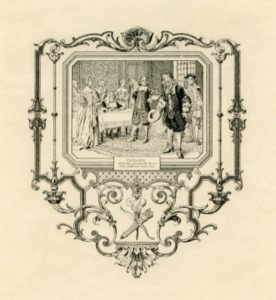
L’Ecole des Femmes
“L’Ecole des Femmes,” the school for women, parodied the poor education given to daughters of rich families.
“Le Médecin Malgré Lui,” the doctor despite himself, parodies official sciences and pompous individuals, speaking poor Latin to impress others with false erudition.
“Le Misanthrope” satirizes the hypocrisies of aristocratic society but also indicates the flaws of everyone. The misanthrope does not engage in real change, but he insists on the strictest honesty in all situations, and he has no unbending opinions of his own.
“Le Bourgeois Gentilhomme,” a comedy-ballet satire on social climbing, the pretentious middle class, and snobbish aristocrats. The middle-class bourgeois, M. Jourdain, wanting to be an aristocrat, takes a philosophy lesson on language and finds that for more than 40 years, “I have been speaking prose while knowing nothing of it.”
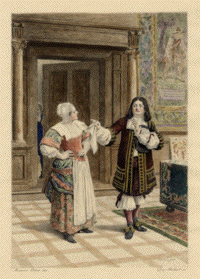
Le Tartuffe ou I’Imposteur
Above all there is Le Tartuffe ou I’Imposteur, on dishonesty and hypocrisy of an individual masquerading as a priest to convince a naïve, wealthy aristocrat to give him his fortune and daughter in marriage, while making love to his wife.
The original version of the play was suppressed because of the opposition of the archbishop of Paris and the Catholic hierarchy and upper class, who found it offensive. Molière rewrote it to make it seem more secular and less critical of religion. Tartuffe confesses, “Yes, I am wicked, guilty, a miserable sinner.”
While acting in February 1673 in “Le Malade Imaginaire,” Molière played the role of the hypochondriac Ardan. He collapsed and died, aged 51, of pulmonary tuberculosis within a few hours at his nearby home. The chair on which he sat during his final role is preserved and on display in the Comédie Française. He was denied the sacrament of the church, but his bust was placed in the Academy. He lives on in the theater in the heart of Paris.
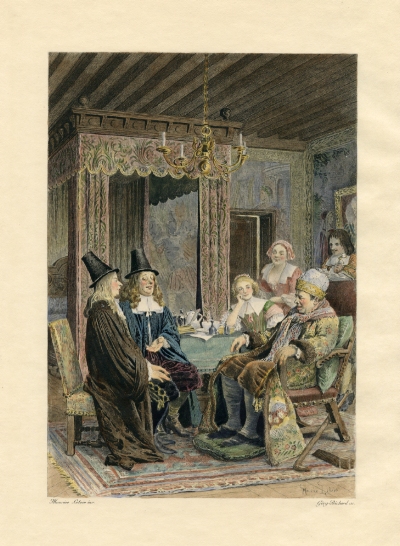
Le Malade Imaginaire
But, while honoring him in his 400th year, it is arguable that Molière, while important, is not as great as Shakespeare. (A matter of opinion ~ Editor)
 NOTE: The images posted are from the personal collection of the Editor and Web Master of this site and are currently being offered at a tremendousely discounted price of $2,500.00 for the entire collection. For further information, please contact us at [email protected] or by phone at 602-799-8214.
NOTE: The images posted are from the personal collection of the Editor and Web Master of this site and are currently being offered at a tremendousely discounted price of $2,500.00 for the entire collection. For further information, please contact us at [email protected] or by phone at 602-799-8214.
Moliére (1622-1673) was the nom-de-theater, by the great French dramatist Jean Baptiste Poquelin, and then substituted for his family name. Among the playwright’s best-known dramas are The Misanthrope, The School for Wives, Tartuffe or the Hypocrite, The Miser and The Bourgeois Gentleman.
KML Gallery of Fine Art is privileged to offer the illustrations from the complete, twelve-volume set of The Works of Molière, as originally published in 1898 for Eleanor B. Clubb (presumably of Boston, Mass). During the 1950’s the collection was acquired from her heirs by the eminent designer, Mr. Edwin J. Cole and subsequently bequeathed to the wife of his grandson, currently represented by KML Gallery of Fine Art
The collection includes approximately 438 engraved plates (including 12 color plates) representing 33 plays and a selection of poems, published on Japan Vellum Paper, in 1895 by Chéz Barrie Freres of Paris for the European edition and in 1898 by George Barrie and Son of Philadelphia for the American edition. The collection is being offered in 32 complete suites.
The American edition was limited to 250 copies. The collection offered (as complete Suites) is edition 238, including selected images struck from the original etchings of the late 1600’s, with additional delineation, illustration and paintings by MM., Louis Leloir, Maurice Leloir, Jaques Leman, Edmond Hedouin, Géry Bichard and others.
Each suite is provided with complete provenance dating to its issue of 1898 (including a copy of the original issuance certificate), collection title page, publisher’s title page, a separate list of engravings and certificate of authenticity from KML Gallery of Fine Art.
Japan Vellum
A thick paper produced in Japan from native fibers that are of relative great length. The paper has a very cloudy formation and is tough and durable. The color is usually cream or natural and is finished with a smooth surface. Japanese vellum is suitable for engravings, etc., or where a very durable paper is required. An imitation, made by treating ordinary paper with sulphuric acid, is sometimes called “Japon.”
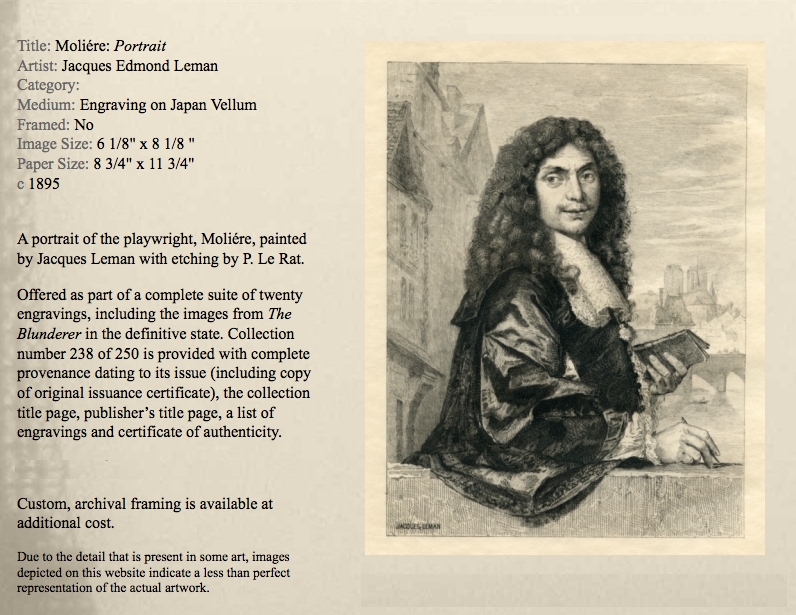
Written by Michael Curtis for the American Thinker ~ January 30, 2022

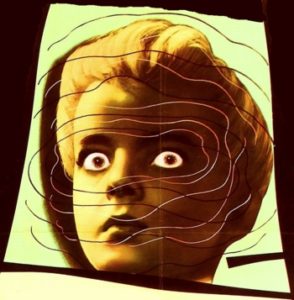 FAIR USE NOTICE:
FAIR USE NOTICE: